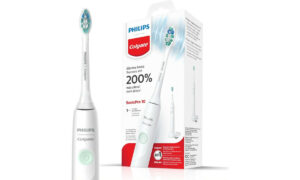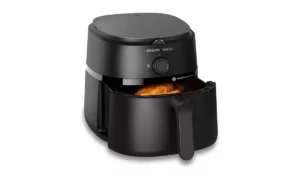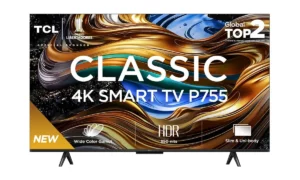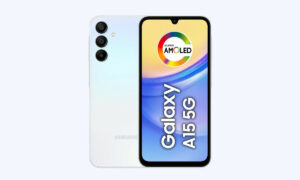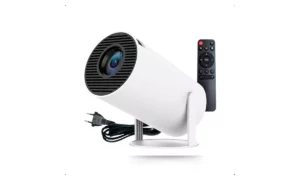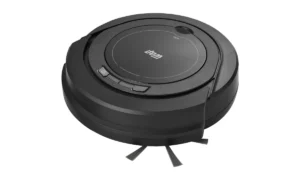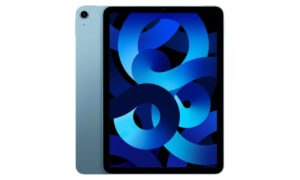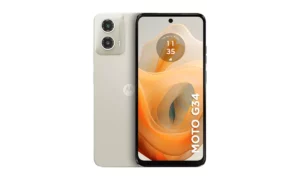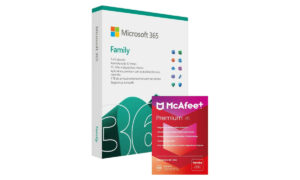
Cartões de memória SDXC poderão ter até 2 TB
A SD Association anunciou uma nova especificação de cartão de memória chamada SDXC (eXtended Capacity), com suporte a capacidades de até 2 TB e velocidades de leitura/gravação de até 104 MB/s.
Segundo seus cálculos, você poderia armazenar 100 filmes em alta definição, 60 horas de gravação em HD ou 17 mil fotos em fine-mode (qualidade ótima). Por enquanto, é apenas uma especificação, não um produto. Obviamente, não há muitos dispositivos que podem fazer uso completo disso atualmente, mas um cartão com essa capacidade e velocidade pode ser um bom avanço para a indústria.
SDXC SIGNALS NEW GENERATION OF REMOVABLE MEMORY
WITH UP TO 2 TERABYTES OF STORAGE
SDXC Memory Cards Provide Consumers with Massive Storage,
Incredible Speed in Familiar, De Facto Standard
LAS VEGAS – CES Booth South 3 #31277 – Jan. 7, 2009 – The next-generation SDXC (eXtended Capacity) memory card specification, announced today at the 2009 International CES, dramatically improves consumers’ digital lifestyles by providing the portable storage and speed needed to store weeks of high-definition video, years of photo collections and months of music to mobile phones, cameras and camcorders, and other consumer electronic devices. The new SDXC specification provides up to 2 terabytes storage capacity and accelerates SD interface read/write speeds to 104 megabytes per second this year, with a road map to 300 megabytes per second.
The SDXC specification, developed by the SD Association, leapfrogs memory card interface speeds while retaining the world-leading SD interface. Specifications for the open standard will be released in the first quarter of 2009. SDHC, Embedded SD and SDIO specifications will also benefit from the new SD interface speeds.
"SDXC combines a higher capacity roadmap with faster transfer speeds as a means to exploit NAND flash memory technology as a compelling choice for portable memory storage and interoperability," said Joseph Unsworth, research director, NAND Flash Semiconductors, at Gartner. "With industry support, SDXC presents manufacturers with the opportunity to kindle consumer demand for more advanced handset features and functionality in consumer electronics behind the ubiquitous SD interface."
Turning mobile phones into media centers
SDXC allows users to enjoy more from their mobile phones. Larger capacity and faster transfer speeds allow for expanded entertainment and data storage. A 2TB SDXC memory card can store 100 HD movies, 60 hours of HD recording or 17,000 fine-grade photos.
"With SDXC, consumers can quickly download higher quality content to their phones, including games, video and music – giving consumers a richer media and content experience," said James Taylor, president of the SD Association. "The SD interface already has proven itself valuable in mobile phones. Now, SDXC memory card capabilities will spur further handset sophistication and boost consumer content demand."
Shooting pictures at the speed of life
SDXC is also the first memory card specification to provide 2TB storage without hindering the high-speed performance necessary for high-end photography. It will provide maximum speeds even when the SDXC specification achieves its maximum 2TB storage capacity.
"SDXC is a large-capacity card that can store more than 4,000 RAW images, which is the uncompressed mode professionals use, and 17,000 of the fine-mode most consumers use. That capacity, combined with the exFAT file system, increases movie recording time and reduces starting time to improve photo-capturing opportunities," said Shigeto Kanda, general manager at Canon. "Improvements in interface speed allow further increases in continuous shooting speed and higher resolution movie recordings. As a memory card well suited to small-sized user-friendly digital cameras, the SDXC specification will help consumers realize the full potential of our cameras."
SDXC will enable camcorders to provide longer, professional level HD video recording with a small form factor.
The SDXC specification uses Microsoft’s exFAT file system to support its large capacity and interoperability in a broad range of PCs, consumer electronics and mobile phones. The exFAT system was designed for increased compatibility with flash media, from portability of data to interoperability with multiple platforms and devices on removable media.
"The SD Association is committed to answering and anticipating consumer demand for easy-to-use memory card storage that is interoperable in any device with a matching SD slot," Taylor said. "The SDXC card gives consumers a new, yet familiar, high-performance card that will be used in hundreds of manufacturers’ device offerings."
SD Association
The SD Association is a global ecosystem of more than 1,100 technology companies charged with setting interoperable SD standards. The association encourages the development of consumer electronic, wireless communication, digital imaging and networking products that utilize market-leading SD technology. The SD standard is the number one choice for consumers and has earned nearly 80 percent of the memory card market with its reliable interoperability and its easy-to-use format. Today, mobile phones, Blu-ray players, HDTVs, audio players, automotive multimedia systems, handheld PCs, cameras and camcorders feature SD interoperability. For more information about SDA or to join, please visit the association’s web site, www.sdcard.org.

